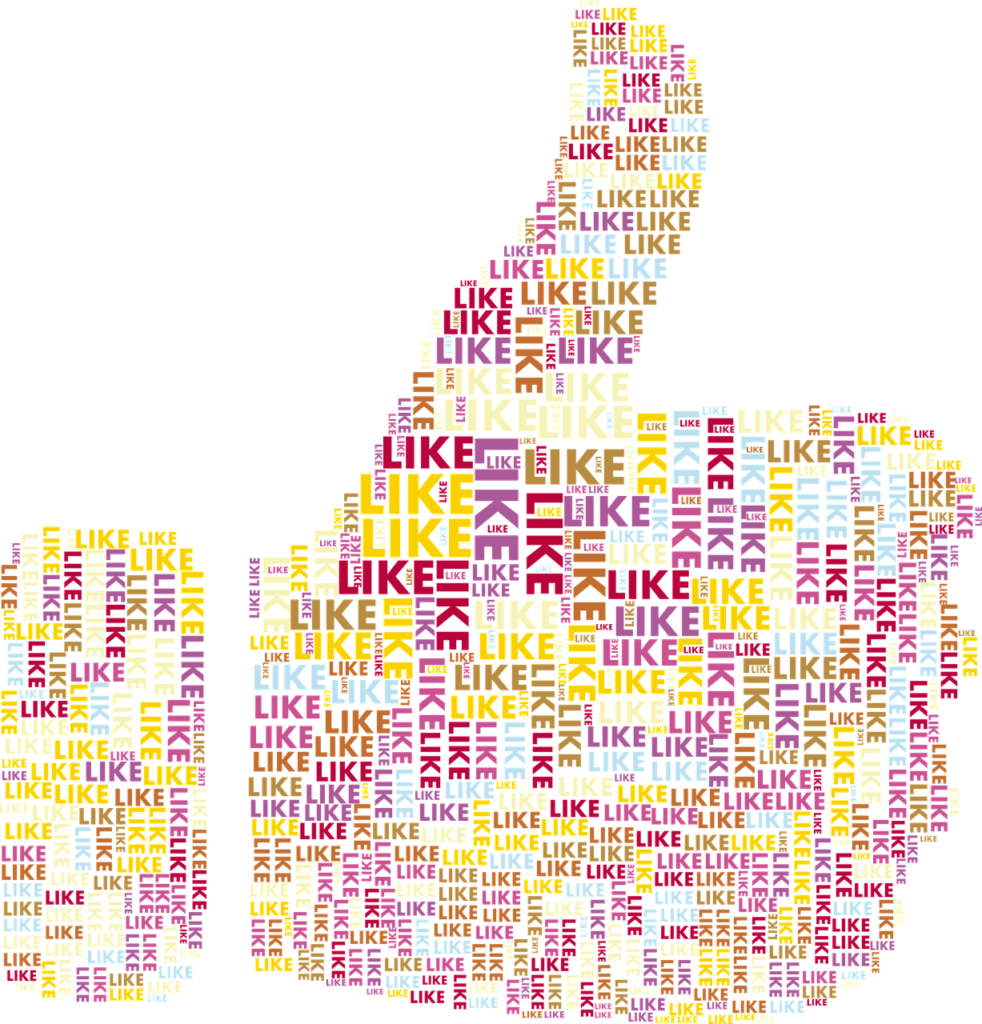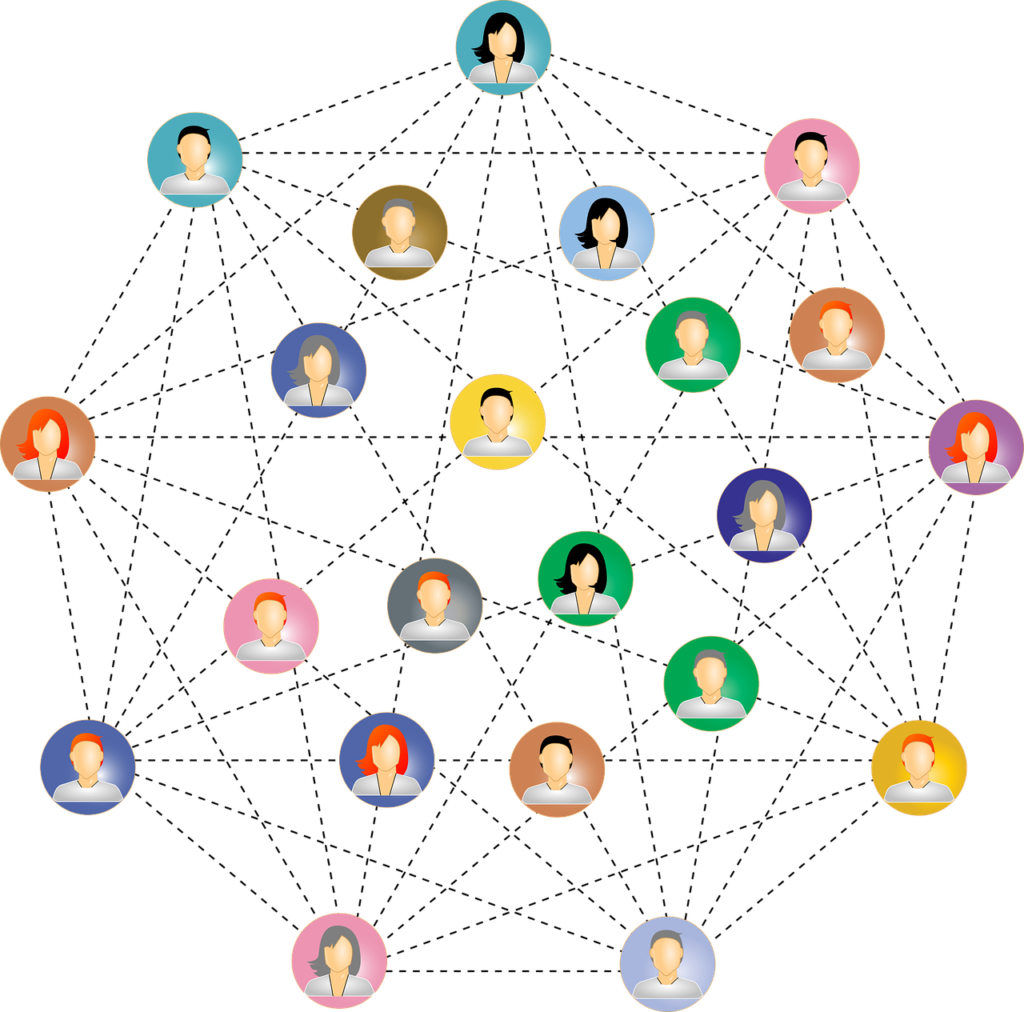Staying Connected

In today’s interconnected world, social media has become a large part of our daily lives. Whether it’s sharing stories, connecting with friends, or staying updated with the latest trends, social media platforms offer a plethora of opportunities for engagement. However, amidst the allure of likes and shares, it’s important to navigate these digital spaces with caution. Let’s explore some essential aspects of social media use
Safe Login to Social Network Accounts
Your social media accounts are the gateways to your digital identity. Safeguarding them with robust security measures is essential. Ensure you use strong, unique passwords for each account and enable two-factor authentication where available. Beware of phishing attempts disguised as login pages, and only access your accounts through official channels or trusted apps.
Sharing Information on Social Media
Sharing is caring, but oversharing can lead to unintended consequences. Before hitting that “post” button, pause and consider the implications of what you are about to share with the world. Be mindful of who can view your posts and adjust your privacy settings accordingly. Most platforms have a way to limit who can access your content, making you able to change it so friends can only see it. Avoid posting sensitive information such as your home address, phone number, or financial details to protect yourself from potential risks like identity theft or cyberstalking.
Consequences Using Social Media

While social media offers a platform for self-expression and connection, it also harbours potential pitfalls. Think before you post, as your digital footprint can have real-world repercussions. Employers, college admissions officers, and even law enforcement agencies may scrutinise your social media activity. What you post online today could impact your opportunities tomorrow. There are many examples of this in the real world. Here are a few examples:
In a BBC article, they wrote the following: “In 2015, UK firm Game Retail dismissed one of its employees over offensive but non-work related tweets.”
Or this rather unfortunate “joke” that was in a news article that the BBC posted. Where two fighter jets were sent to flank an aeroplane and force it to land because a person on this flight had jokingly said on Snapchat that he was about to blow up a flight from London Gatwick to Menorca.
Social Media Privacy Settings
Your privacy is important, and social media platforms offer a range of privacy settings to help you control who can see your content. Take the time to review and customise your privacy settings to align with your comfort level. Limiting the audience for your posts, restricting who can send you friend requests or messages, and regularly auditing third-party app permissions can enhance your online privacy. Just as you would secure your home with locks to control who has access, you can adjust your privacy settings on social media to control who can see your content.
It’s also essential to be aware of the darker side of social media. Malicious actors often exploit publicly available information, known as OSINT (Open-Source Intelligence), for nefarious purposes such as social engineering attacks or identity theft. Therefore, exercising caution while sharing personal information online is crucial.
Terms of Service

How many of us actually read the lengthy and super complicated terms of service agreements before clicking “agree” when signing up for a new platform? These agreements often grant the platform broad rights to collect, use, and share your data. Being informed about the privacy policies of social media sites and understanding the implications of sharing your information can help you make more informed decisions about your online presence. Some tools and websites aim to help understand the terms of service with short answers. Among these sites is a site called tosdr or “Terms of Service Didn’t Read”, which takes these terms of service and makes them human-readable and understandable with a brief summary of what you are agreeing to.
Summary
Safeguard your digital identity by using strong, unique passwords and enabling two-factor authentication on your social media accounts.
Exercise caution when sharing personal information online to protect yourself from identity theft and cyberstalking.
Be mindful of the real-world consequences of your social media posts, as they can impact job prospects and college admissions chances.
Understand Open-Source Intelligence (OSINT) and its relevance to social media security, as information shared online can be accessed by anyone.
Regularly review and customise your social media privacy settings to control who can see your content and mitigate potential risks.